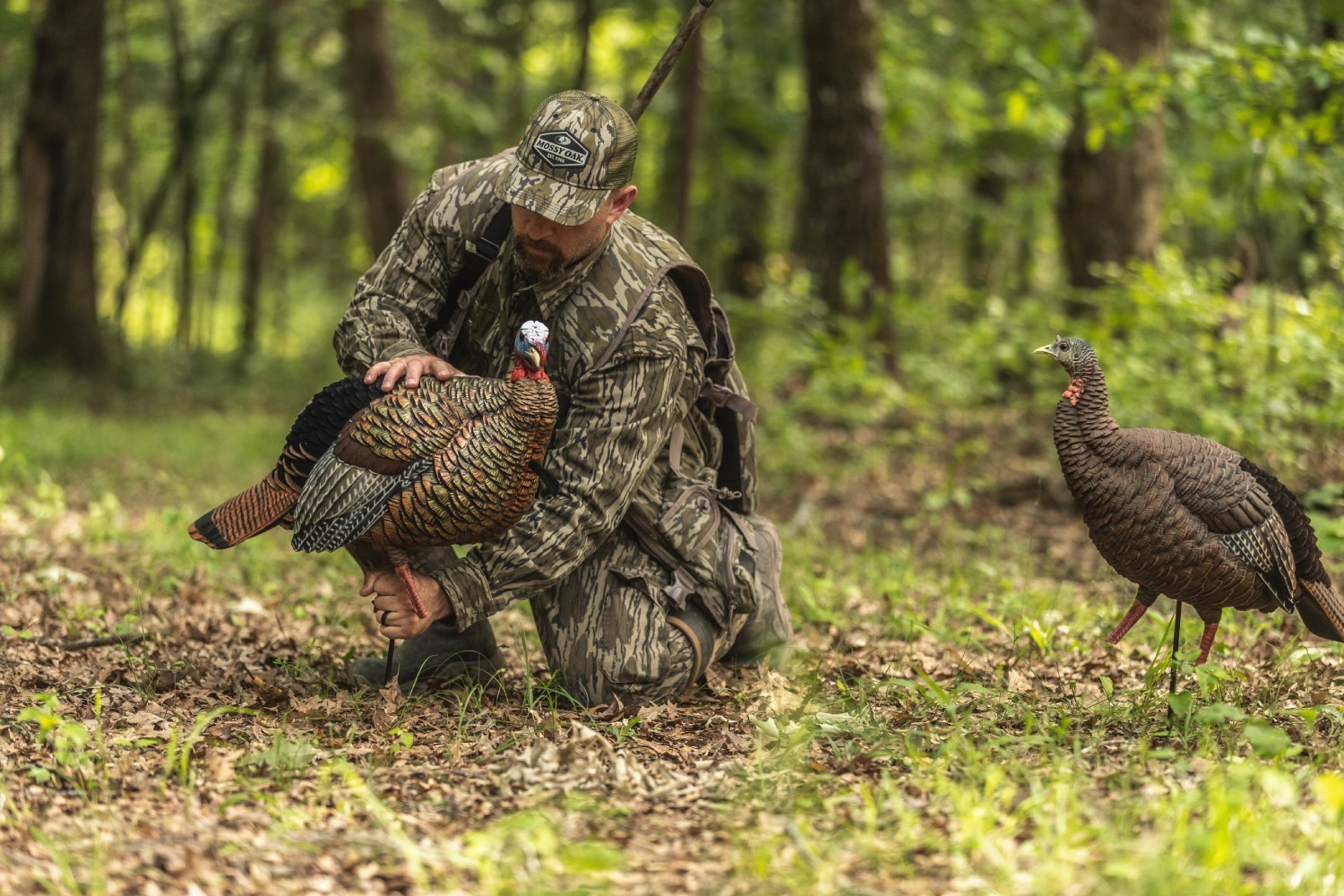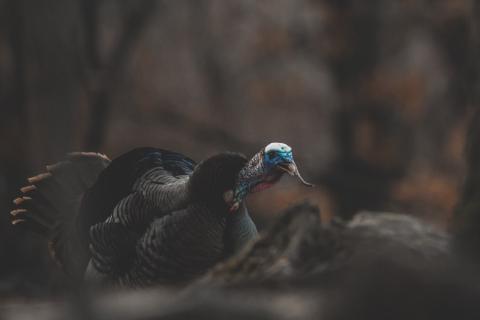Heath Wood
During my twenty-five-plus years of turkey hunting, I have conducted many trial-and-error tactics to try and increase my luck on a mature spring gobbler.
A go-to strategy of mine has brought many trials and more than my fair share of errors, that is, using turkey decoys to lure a tom into close range. Some hunts left me empty-handed, knowing without a doubt that I could have closed the deal if I had had decoys set up. Other hunts would go smoothly, in textbook fashion, until mature gobblers made eye contact with my decoys, then they would spook, and the hunt would be over in a snap of a finger.
While turkey hunting during the spring, I have had mature toms strut into my decoy setup, posture, and prance around as if they were the Incredible Hulk showing off his massive strength and muscles. Then, in typical Hulk fashion, the tom sees my jake decoy and becomes very angry. The furious tom then beats my decoy to pieces moments before I make a successful shot. If decoys can work perfectly on so many hunts, why are there times when they fail?
Common Turkey Decoy Mistakes

Turkey Decoys in the Wrong Spot
What Went Wrong:
In most of my hunting experiences, the decoys were placed in the wrong location when they didn't work. Often, turkey hunters make their way through the timber or along a field edge when a tom turkey suddenly rings out with his famous thundering gobble, often heard during the spring breeding season.
When a gobbler is heard close by, it is easy for hunters to rush into a ready position and mistakenly place their decoys where approaching turkeys can’t see them. I have had past hunts in which a gobbler was responding to my calls, and quickly closed the distance, then suddenly hung up, barely out of shooting range. Because my decoys were out, and the gobbler didn’t come the remaining few yards, I immediately wanted to blame the decoys for not doing their job. After the tom lost interest and left the area, I stood up and realized that the lay of the land caused a wall in between the gobbler and my decoys. Because he couldn’t see the decoys, the tom became leery of getting any closer and decided to play it safe and leave.
Solution:
When setting up decoys, even if rushed for time, always scope out the terrain to ensure that where the turkey will most likely appear is within good visibility of the decoys. Before the hunting season begins, use a hunting app, such as OnX Maps, to map out the prime locations for decoys to be placed in the best positions.
Turkey Decoys Are Too Far Away
What Went Wrong:
One of the most asked questions among decoy skeptics is how far away decoys should be set up. Unfortunately, many hunters use their shooting range as a guide. If they can shoot forty to fifty yards with their shotgun, then putting the decoys at the same distance should be good, right?
Decoys should be close enough to still be within shooting range if a mature tom stalls a few yards away.
Solution:
When bowhunting turkeys, hunters often place decoys close to their blind or where they will be sitting to ensure an easier target. The same idea should be considered, even when hunting with a shotgun. The ideal distance for any turkey hunter to put decoys is fifteen yards. Then, if a gobbler hangs up a few yards away or slows down to be hesitant about coming to the jake decoy, the turkey is still in range to proceed with a shot.
When positioning decoys, always place them where a tom will most likely approach, with the jake decoy facing the broadside of where you are sitting. A gobbler will most likely approach the head of the jake decoy. When he meets the decoy head-to-head, his is the best position for you to make the shot.



























